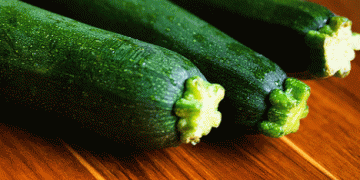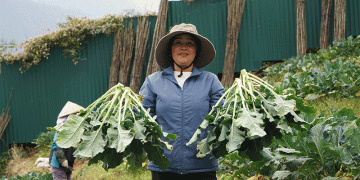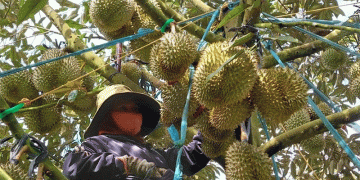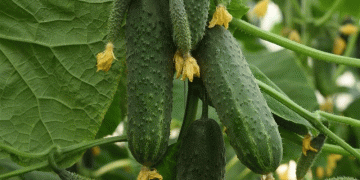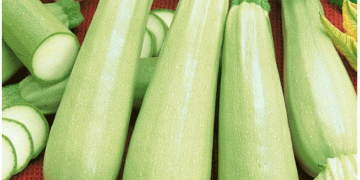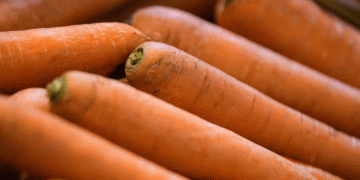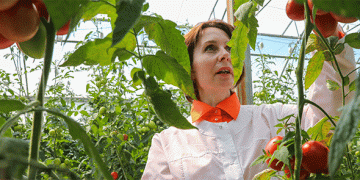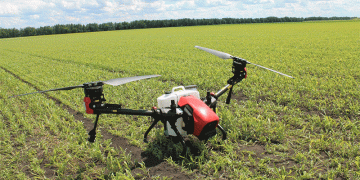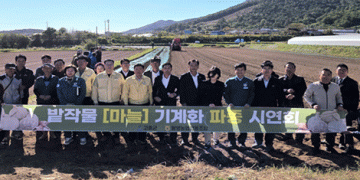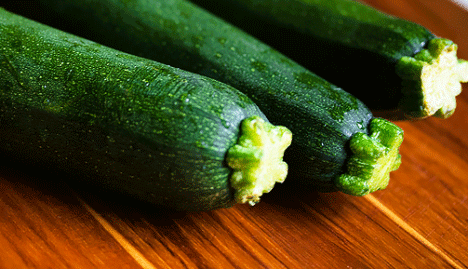Over the past ten seasons, Spain’s zucchini sector has undergone a striking transformation—not in yield or quality, but in how the value of each kilogram is distributed across the supply chain. According to the Price and Market Observatory of the Regional Government of Andalusia, the trade margin between farm gate and consumer prices has more than doubled since the 2014/15 season, reaching 172.6% in 2023/24.
Comparing Prices: Then and Now
In the 2014/15 season, zucchini farmers received an average price of €0.82/kg, while consumers paid €1.49/kg—a trade margin of 81.7%. Fast forward to 2023/24, and the numbers tell a different story:
- Farmer price: €0.62/kg (down 24.39%)
- Wholesale price: €1.10/kg (+77.42% from farm price)
- Retail/consumer price: €1.69/kg (up 172.6% from farm price)
Despite the drop in farmer prices, the retail price increased by about €0.20/kg, showing that consumers are paying more while growers receive less.
This trend continued from the 2022/23 season, when:
- Farmers earned €0.67/kg
- Wholesalers sold at €1.15/kg (+71.64%)
- Consumers paid €1.71/kg (+155.2%)
What’s Driving the Gap?
Several factors contribute to the expanding margin:
- Rising logistics and energy costs – Inflation and supply chain disruptions have driven up costs for storage, packaging, and transport.
- Market power imbalance – Retailers and large distribution chains exert strong control over prices, often at the expense of producers.
- Lack of transparency – Many producers are disconnected from end-market pricing, weakening their bargaining position.
- Overproduction and standardization – Producers are pressured to meet strict supermarket standards, leading to high waste and reduced farm-gate prices.
Spain is the largest exporter of zucchini in Europe, particularly from Andalusia, where greenhouses produce year-round. However, increasing input costs—from labor to fertilizer—are not being reflected in the prices farmers receive.
What Are the Implications for Growers?
The shrinking farm share of the final price undermines the financial sustainability of small- and medium-sized farms. With a price drop of nearly 25% in ten years and growing pressure from supermarkets, many producers may be forced to exit or consolidate—threatening rural livelihoods and local food sovereignty.
The current system risks eroding incentives for maintaining high-quality, local production, especially if farmers cannot cover costs or invest in sustainability upgrades.
The zucchini pricing imbalance in Spain is a microcosm of a broader challenge across agricultural value chains: ensuring fair compensation for farmers while managing costs and expectations in a competitive retail market. Without stronger price transparency, collective bargaining structures, or public policy intervention, the gap between production cost and retail pricing may continue to widen—leaving growers vulnerable in a market they help sustain.
